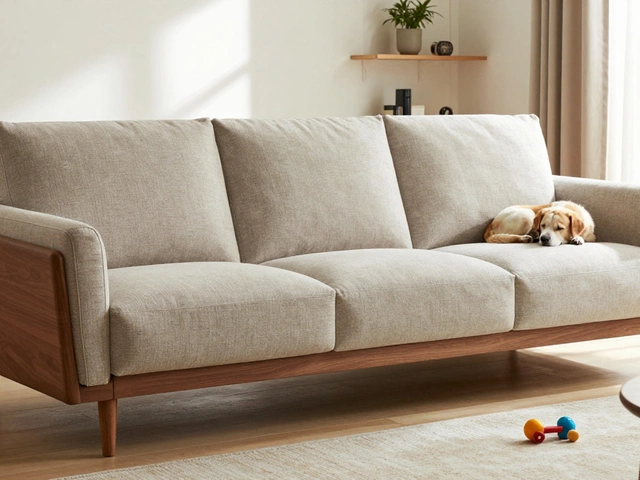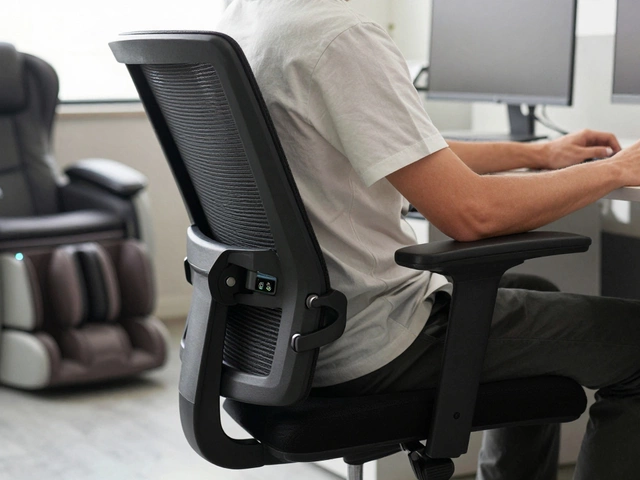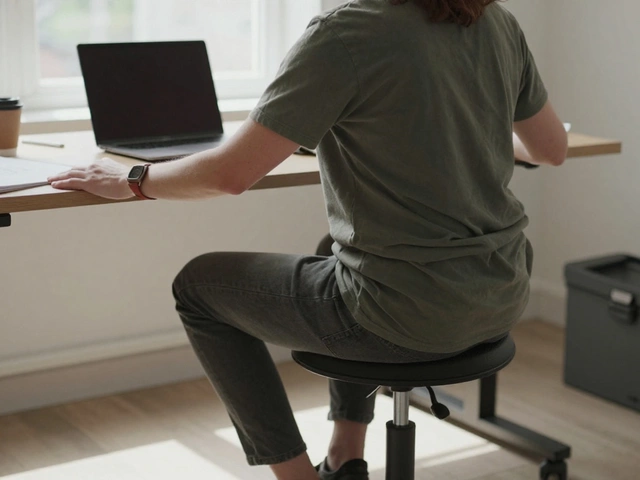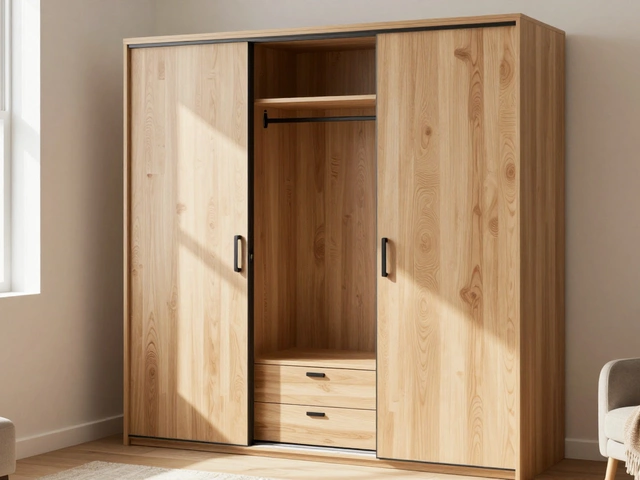Sofa Comfort: How to Choose and Keep Your Couch Cozy
When you sink into a sofa after a long day, you want it to feel just right – not too hard, not too soft, and definitely not squeaky. The good news is that comfort isn’t a mystery. It comes down to a few clear details you can check before you buy and easy steps you can follow at home.
Key Factors for a Comfortable Sofa
Seat depth and height. A seat that’s too shallow forces you to hunch, while one that’s too deep makes you slide forward. Aim for a depth of about 20‑22 inches and a seat height that lets your feet rest flat on the floor. If you’re tall, a deeper seat works better; if you’re shorter, a shallower one feels more supportive.
Foam vs. spring core. High‑density foam holds its shape longer than low‑density foam, but it can feel firm. A mixed core – foam on top of pocket springs – offers a balance of bounce and support. Test by sitting down and shifting weight; you should feel a gentle give without sinking all the way.
Backrest angle. A slight recline (about 100‑110 degrees) eases pressure on your spine. Sofas with adjustable recline or built‑in lumbar support give you extra control, especially if you spend hours watching TV or reading.
Materials. Leather feels cool and tight, while fabric tends to be softer and more forgiving. Choose a fabric that breathes, like cotton or linen, if you live in a warm climate. For pets or kids, consider a performance weave that resists stains and wear.
Easy Ways to Boost Sofa Comfort at Home
Got a sofa you love but wish it were a bit cozier? Add a few simple accessories. A set of high‑quality throw pillows can lift the headrest height and fill gaps, while a supportive lumbar pillow takes pressure off your lower back.
Rotate and flip cushions every few weeks. This spreads wear evenly and keeps the springs from sagging in one spot. If your cushions have lost their bounce, sprinkle a little baking soda, let sit, then vacuum – it freshens the fill and adds a tiny bit of loft.Consider a slipcover with a soft lining. It not only protects the upholstery but also adds a plush layer that can make a firm sofa feel softer. Choose a material with a bit of stretch so it hugs the shape without bunching.
Lastly, give the frame a quick check. Tighten any loose bolts and ensure the legs are level. A wobbling frame can make even the plushest sofa feel uncomfortable.
With these checks and tweaks, you’ll turn any couch into a spot you actually look forward to lounging on. Comfort is a mix of the right build and a few smart additions – and both are well within your control.
FlexSteel vs Lazy Boy: Which Recliner Chair Wins?
Torn between FlexSteel and Lazy Boy for your next recliner? This article breaks down the real differences between the two brands so you can figure out which chair fits your style, comfort needs, and budget. We’ll cover durability, support, design, pricing, and a few tricks to get more out of your next furniture buy. Expect some eye-opening facts and simple advice to make your choice easier. No advertising talk—just straight-up answers.





